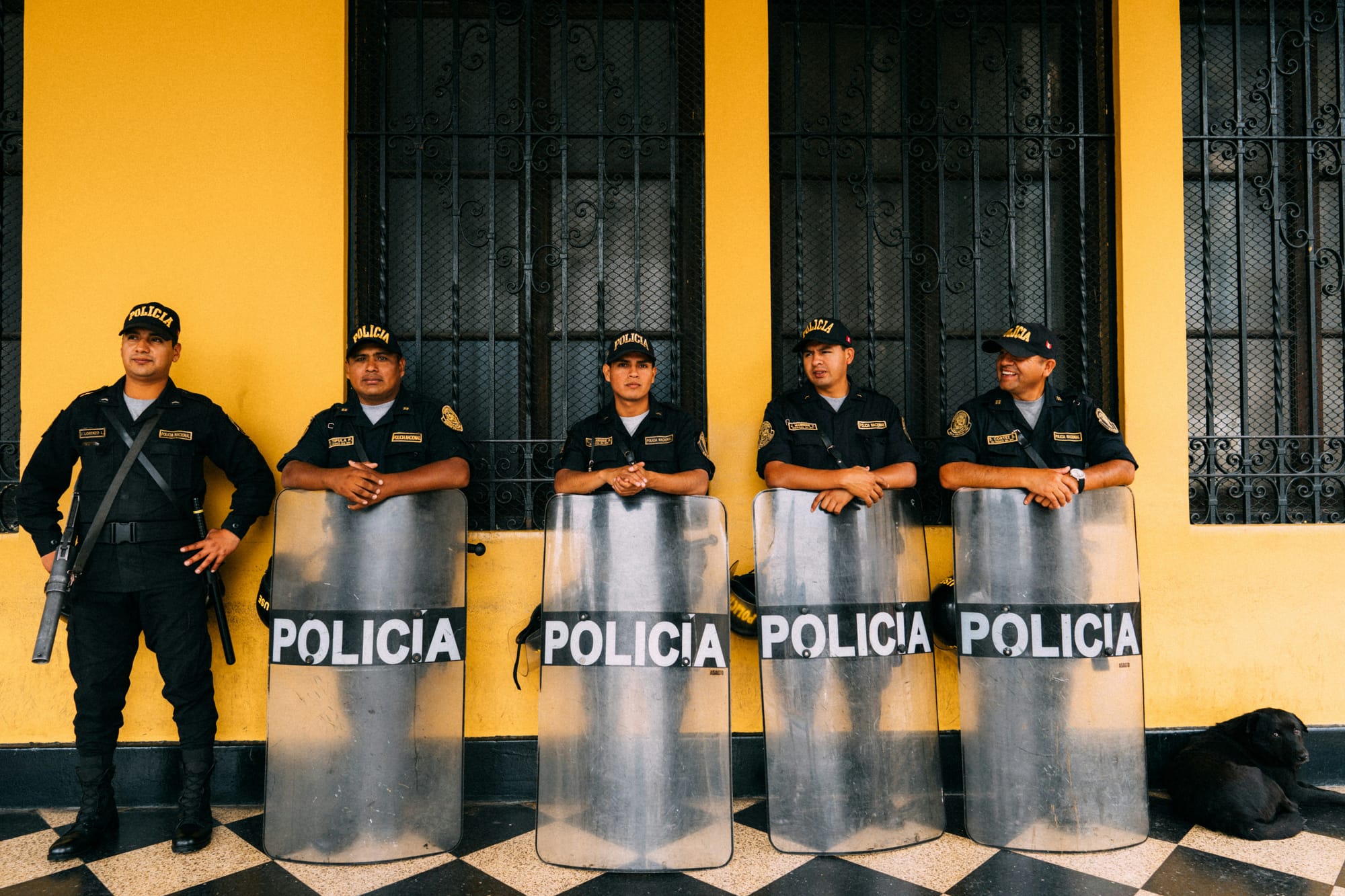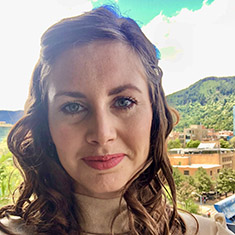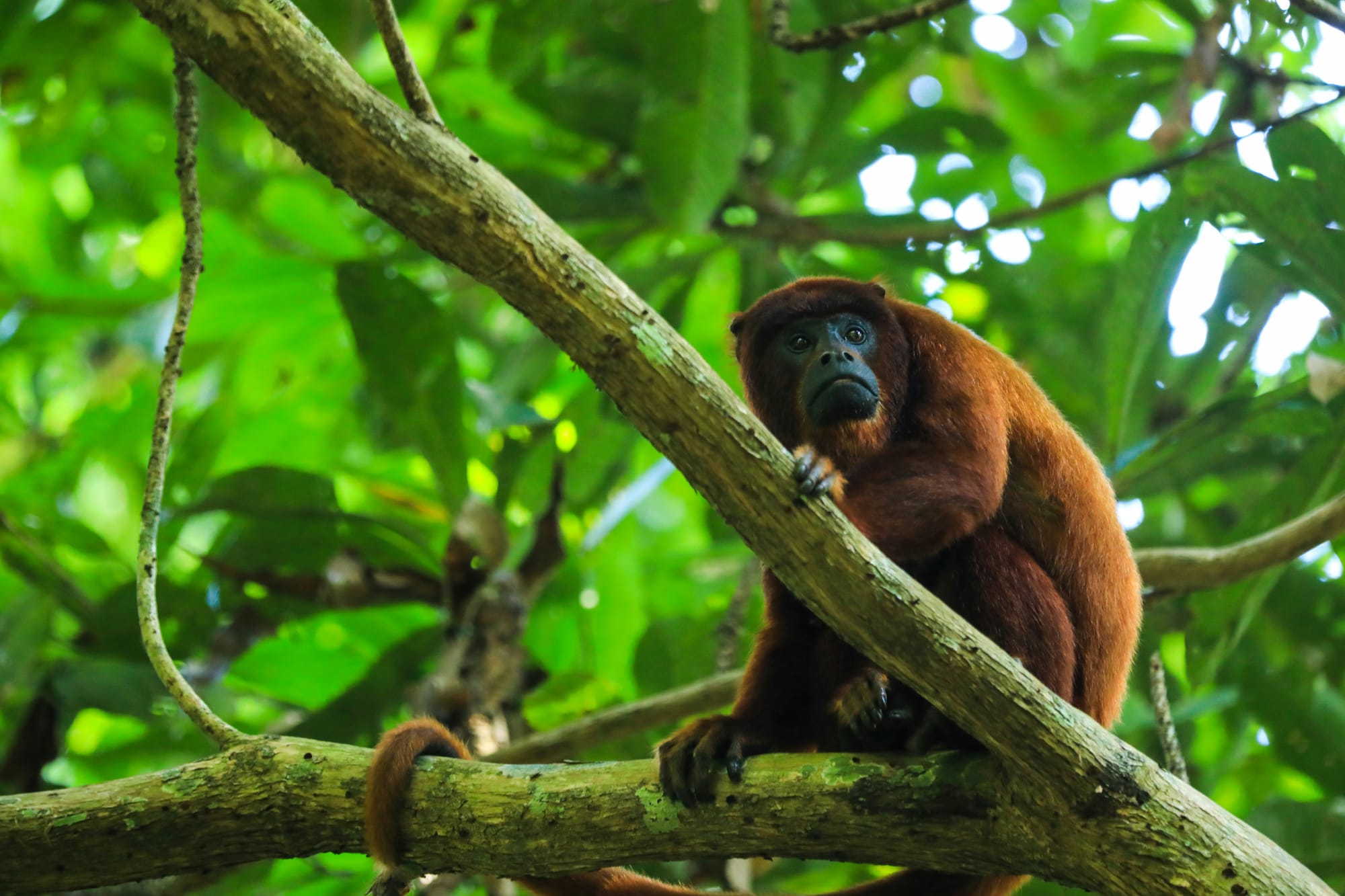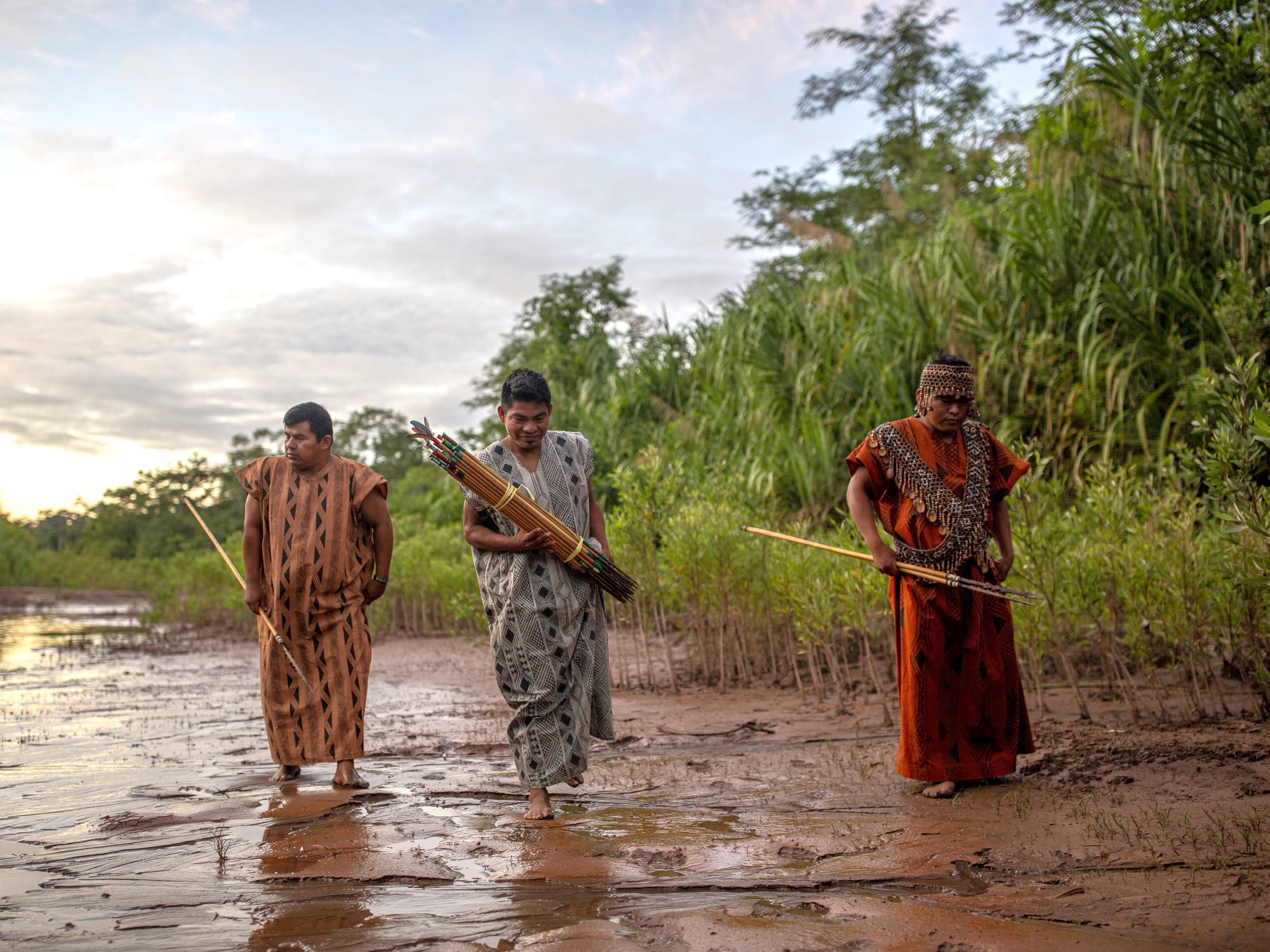Part I of this blog outlined the role of organized crime in the destruction of the Amazon, through clearing land for activities such as drug cultivation, exploiting the environment to diversify their funding base, and laundering funds from other illicit activities. Part II highlights why this happens and what can be done about it.
Several factors contribute to the ease with which criminals operate in the Amazon. First, enforcement agencies are typically under-resourced and often lack even basic tools to monitor the vast rainforest region. This shortage of resources was particularly evident in Brazil under President Bolsonaro, when funding for oversight bodies working on deforestation was cut drastically. While this trend is being reversed under President Lula, many regional enforcement bodies remain stretched thin.
Responsibility for policing environmental crimes also tends to be fragmented across agencies. In most countries in the region, ministries of environment, national parks, police, environmental enforcement agencies, tax and customs, local prosecutors, and national prosecutors can all be involved in enforcing environmental laws and regulations, leading to the proverbial “when everyone is responsible, no one is responsible” situation. The fragmentation issue is exacerbated if a case eventually reaches prosecution.
Similarly, environmental crime is connected to various other crimes, including corruption and money laundering. However, these offenses are addressed by different divisions within Attorney General's Offices, which typically house departments focused on environmental crime, organized crime, financial crime, corruption, asset recovery, and so on. These teams are too often siloed and hesitant to share information. As a result, when prosecutors identify and pursue an environmental crime, the related crimes (which may carry higher charges) can go unpunished, leaving the assets unrecovered and causing losses for the state.
Prosecutors must rely on legislative tools to connect environmental crimes with illicit financial flows and recover the associated assets. But in several countries, legislation hinders the fight against environmental crimes and illicit financial flows—not just in the countries where environmental destruction takes place, but also in countries where the funds end up. The FACT Coalition has convincingly argued the case for enhancing beneficial ownership regulation in countries that receive laundered funds and for classifying environmental crimes as predicate offenses for money laundering. In Peru, despite previous advances made to incorporate wildlife trafficking into the law on organized crime, Congress recently took a step backward by passing a law that prevents prosecutors from investigating various crimes—including illegal logging—as organized crime offenses. Ecuador, lagging other countries in the region, passed legislation on asset recovery only last year.

Corrupt officials play a key role in facilitating crimes throughout the supply chain. For instance, in illegal logging, official corruption can include falsifying permits and other documentation to obscure the amount of timber felled, its origin, or species; accepting bribes during vehicle or sawmill inspections; and, in the case of prosecutors, intentionally “throwing” cases related to environmental crime. “The police take and sell,” reported one interviewee from an Indigenous community to the International Crisis Group.
Lastly, organized crime is inherently a transboundary phenomenon. Criminal groups operate across borders, physically and digitally. Many of these groups originated in one country and now operate both regionally and internationally—for example, the Venezuelan Tren de Aregua and the Brazilian Comando Vermelho. Efforts to combat them must also cross borders, entailing collaboration between prosecutors and financial intelligence units both in the region and in the countries where funds are received and used. However, this regional collaboration has historically been hampered by a lack of trust, inadequate systems for information sharing, and excessively demanding processes for requesting mutual legal assistance.
Reason for hope
Despite this somewhat grim picture, governments are beginning to acknowledge the connection between environmental crimes and illicit financial flows. The German government has had a program in this area in Peru since 2021, and the U.K.-funded Tackling Illicit Financial Flows program has had success in addressing many of the issues mentioned, breaking down barriers of distrust between governments and increasing regional cooperation. Within the Amazon, while Peru’s recent backsliding is disappointing, several countries are stepping up. Colombia’s Attorney General has adopted a “follow the money” approach and prioritized meeting with the Ministry of the Environment within weeks of taking office, establishing a new roadmap to address environmental crime. Addressing deforestation was also fundamental to Lula’s election campaign, a commitment on which he appears to be delivering.
What more can governments do? We should not diminish the importance of the underlying social and economic conditions that lead to environmental destruction; it will be interesting, for example, to see the results of President Gustavo Petro’s more experimental approach in Colombia, where environmental considerations are being integrated into the National Development Plan. But the following six recommendations focus on a public security approach: criminalizing actions that harm the environment and prosecuting those responsible for environmental damage.
Recommendations
- Invest in the institutions responsible for monitoring environmental destruction and the groups involved. Covering such a vast area can be expensive, but new technologies such as drones and satellite imagery can help in covering large areas at relatively low cost. Additionally, specialized knowledge and equipment may be required, such as techniques for determining the origins or characteristics of a raw material and ascertaining if paperwork has been falsified. Nevertheless, this investment is essential.
- Clarify responsibilities among agencies by establishing strategies and accountability mechanisms that prevent them from “passing the buck” to other bodies. Facilitating transparent access to data and the exchange of information between agencies fosters collaboration on environmental crimes. In Peru, for instance, TIFF has supported FEMA (the environmental prosecution agency) in developing a strategy for addressing illicit financial flows.
- Acknowledge the vital role of environmental defenders, particularly Indigenous communities. Governments must do more to protect and equip these activists. For example, the U.S. PREVENT project in Peru provided Indigenous peoples with drones to monitor environmental destruction in their territories.

- Foster collaboration, nationally and internationally. Governments need to break down the mistrust that exists among various types of prosecutors and promote the “follow the money” approach to ensure that not only those who commit environmental crimes face justice but also the corrupt officials and professional enablers who facilitate these crimes. They should also ensure that the assets used and acquired throughout this chain are recovered, with the funds reinvested in the prosecution of environmental crimes.
At the international level, as the International Crisis Group has noted, “the fact that no country’s forces can pursue or arrest criminals outside their own jurisdiction is one reason illegal groups are able to operate with impunity in the region.” More must be done to facilitate cooperation between attorneys general and financial intelligence units both regionally and internationally, including building trust, improving Egmont’s information-sharing system, and ensuring that mutual legal assistance processes are as straightforward as possible. - Develop intelligence products to identify trends in criminality at the macro level. This effort includes risk assessments such as the sectoral anti-money laundering reviews advocated by the Financial Action Task Force (FATF), plus investments in the capacity of financial intelligence units and AG offices so that they can conduct such reviews themselves.
- Pursue corrupt officials. This final point is no easy task but strengthening the prosecutorial units responsible for tackling internal corruption and ensuring that sentences are sufficiently severe to deter officials, as TIFF has done in Ecuador, would be a good start.
This list is by no means exhaustive. Prosecutors also need appropriate legislative tools, for example. Igarape, International Crisis Group, and the FATF all offer further concrete recommendations, aimed primarily at governments in the region. And the FACT Coalition has rightly pointed out that countries receiving illicit financial flows, such as the United States, also have a role to play by tightening regulations that combat the culture of financial secrecy. Finally, consumers need to be more demanding in understanding the origins of products, ensuring that they do not originate from illegal environmental destruction.
But it’s clear that when the necessary political will is present, governments have concrete enforcement and prosecutorial options to halt the environmental destruction and biodiversity loss currently attributable to organized crime. And there is funding and support available for those willing to take on this challenge.






